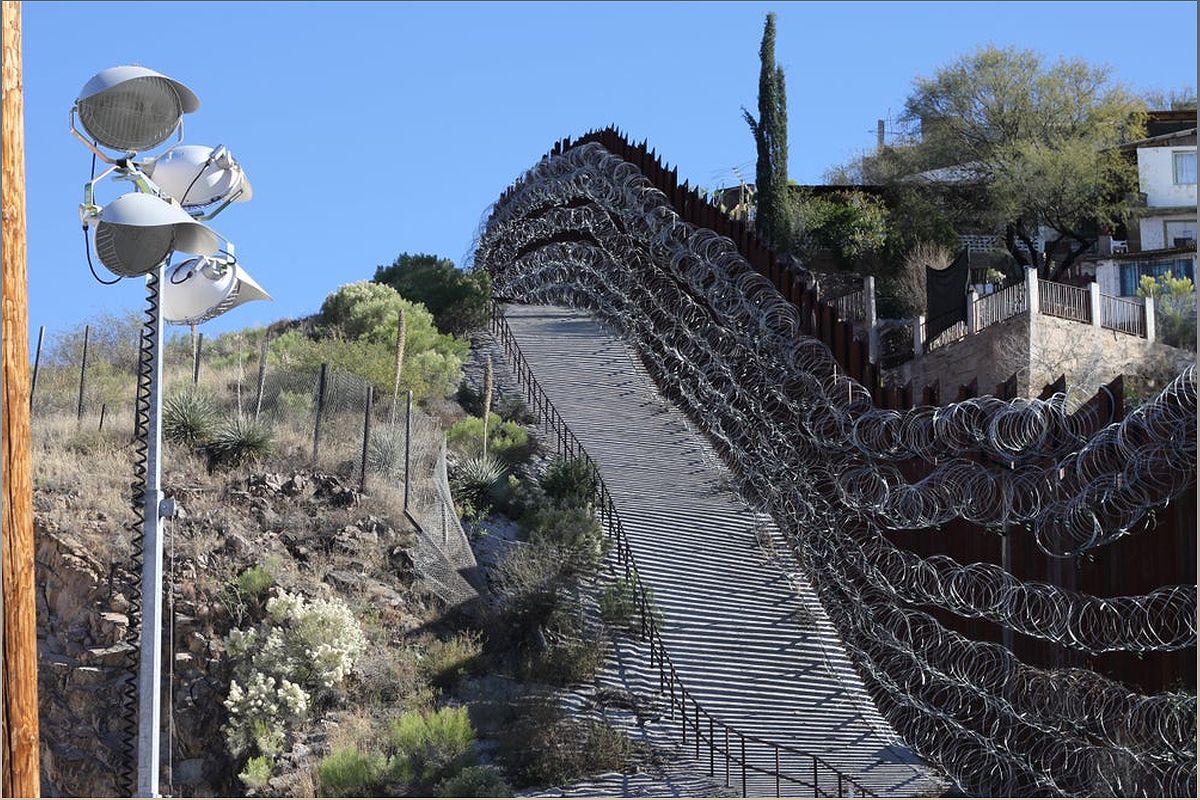Can Artificial Intelligence Solve Immigration Issues? Exploring the Potential
As the 2024 presidential election approaches, immigration remains a hot topic among candidates. This article delves into the potential of artificial intelligence (AI) to address immigration issues and enhance border security in the United States. With the use of AI-powered surveillance towers, the country could build a virtual wall to better secure its borders. These towers, equipped with 360-degree radars and sensors, can detect human and animal activity more effectively, allowing Border Patrol agents to respond promptly. By exploring the intersection of AI and immigration, this article sheds light on a potential solution to a complex issue.
The Potential of AI in Immigration
Artificial intelligence (AI) has the potential to revolutionize the way we approach immigration and border security. By harnessing the power of AI, we can develop innovative solutions to address the challenges we face in this complex issue.
AI-powered surveillance towers equipped with advanced radars and sensors can significantly enhance border monitoring capabilities. These towers can detect and identify human and animal activity with greater accuracy, enabling Border Patrol agents to respond swiftly and effectively.
With the use of AI, we can create a virtual wall that complements physical barriers, providing an additional layer of security. By leveraging AI technology, we can better manage and secure our borders, ensuring the safety and well-being of our nation.
Advantages of AI-Powered Surveillance Towers
AI-powered surveillance towers offer several advantages over traditional methods of border security:
1. Enhanced Detection Capabilities
The advanced radars and sensors used in AI-powered surveillance towers enable more accurate and efficient detection of unauthorized border crossings. This technology can differentiate between human and animal activity, reducing false alarms and improving response times.
2. Quick Deployment and Scalability
These surveillance towers are designed for rapid deployment and can be installed in a matter of hours. Their scalability allows for strategic placement along the border, ensuring comprehensive coverage and maximizing effectiveness.
3. Integration with Existing Systems
AI-powered surveillance towers can seamlessly integrate with existing border security systems, providing a unified and cohesive approach. This integration enhances coordination and information sharing among agencies, facilitating a more efficient response to potential threats.
4. Cost-Effectiveness
Compared to physical barriers like walls, AI-powered surveillance towers offer a more cost-effective solution. They require less maintenance and can adapt to changing border dynamics, making them a sustainable long-term investment.
Political Perspectives on AI and Immigration
The topic of AI and immigration has garnered attention from presidential candidates, with varying perspectives:
1. Vivek Ramaswamy's Approach
Republican candidate Vivek Ramaswamy advocates for using military force to enforce immigration laws. He emphasizes the importance of upholding the rule of law and securing the border, viewing AI as a potential tool to enhance these efforts.
2. Ron DeSantis' Stance
Another Republican candidate, Ron DeSantis, criticizes the incomplete border wall promised by former President Donald Trump. DeSantis pledges to bring the border issue to a conclusion by implementing stronger measures, including the use of AI technology.
These differing perspectives highlight the ongoing discussions and debates surrounding the role of AI in immigration and border security.
The Future of AI in Immigration
The increased usage of AI in addressing immigration issues and enhancing border security presents a promising future:
1. Improved Border Monitoring: AI-powered surveillance technology will continue to evolve, leading to even more advanced detection capabilities. This will enable more effective monitoring of border activities and prompt response to potential threats.
2. Enhanced Decision-Making: AI algorithms can analyze vast amounts of data and provide valuable insights to inform immigration policies. This data-driven approach can lead to more informed and efficient decision-making processes.
3. Ethical Considerations: As AI becomes more integrated into immigration systems, ethical considerations surrounding privacy and bias must be carefully addressed. Striking a balance between security and individual rights will be crucial in shaping the future of AI in immigration.
By embracing the potential of AI, we can work towards a more secure and efficient immigration system that upholds the values of our nation.

